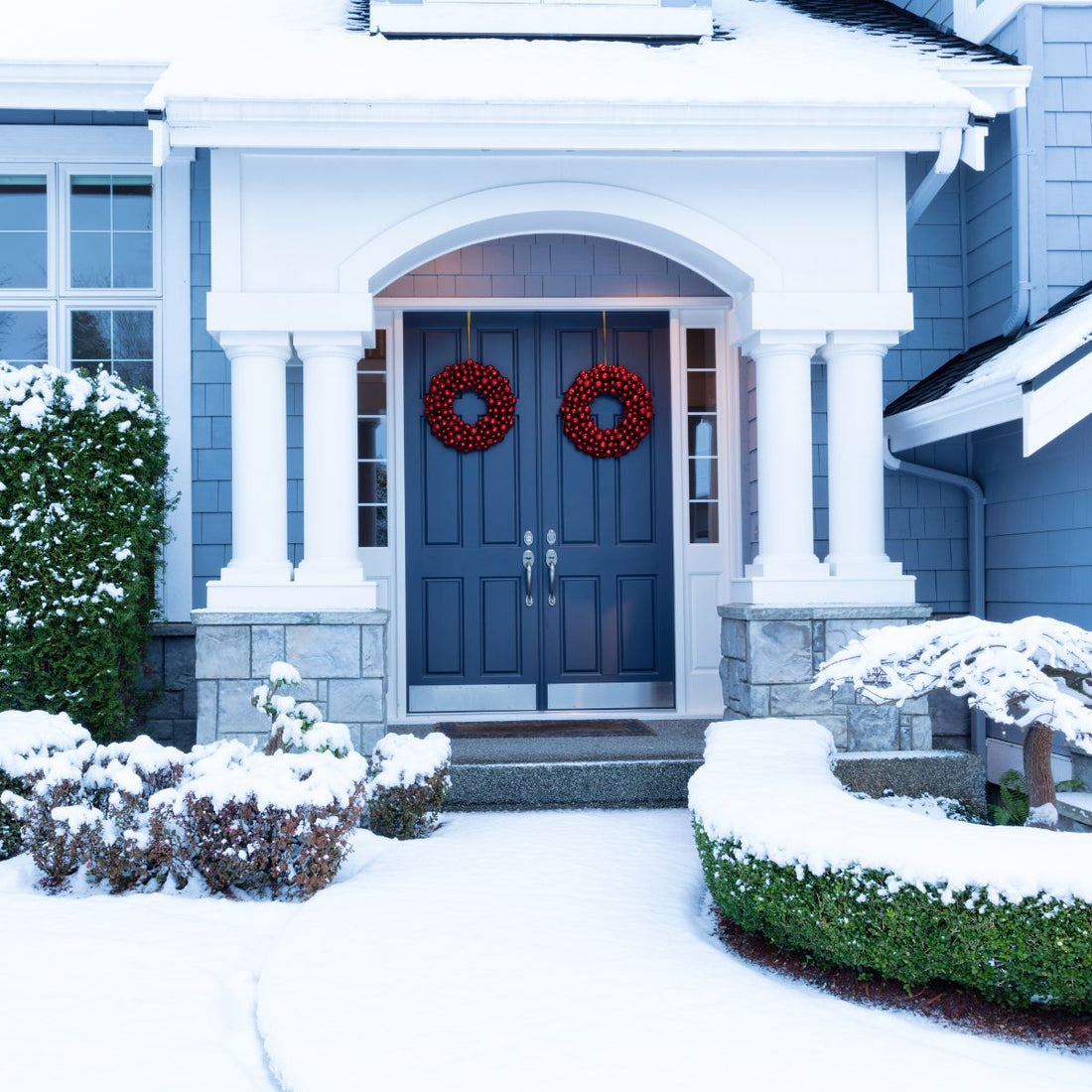As temperatures drop outside, heating bills tend to rise. However, there are a few simple tricks to help keep your home energy efficient and your wallet happy. Keep reading for easy steps you can take to keep your home cozy and warm without burning a hole in your pocket.
1. Change Air Filters Regularly
Clean filters ensure that your heating system is operating as efficiently and effectively as possible, which can reduce your overall energy consumption. Not only that, but routinely replacing the filter can prolong the life of your entire HVAC system—a costly replacement that’s worth maintaining well. Plus, keeping your air clean at home is an important factor in your overall health and wellness.
2. Delete Drafts From Doors and Windows
Drafty doors and windows are major culprits when it comes to heat loss in a home. It’s an especially prevalent problem in older homes. To stay ahead of this issue, inspect all of your windows and doors, and seal any gaps or cracks around doors and windows.
Weatherstripping and caulking are simple, effective solutions that prevent warm air from escaping and cold air from infiltrating your home. You can easily find both at your local hardware store.

3. Check Your Insulation
Insulation plays a critical role in the warmth and energy-efficiency of your home, and is one of the first places you should start in your journey toward a lower heating bill. Upgrading or adding insulation where needed can significantly reduce heat loss, keeping your home comfortably warm without overworking your heating system.
Inspect your attic, walls, and floors for proper insulation by following these recommendations. Take care to turn the power off in your home before performing these checks, and wear appropriate safety equipment like goggles and protective headwear.
4. Keep Your Chimney Closed
Fireplaces certainly add charm and romance to any room when they’re in use. But when there’s no fire roaring, your chimney may actually make your home lose heat (how’s that for ironic!?). To keep the heat in your home from escaping and to prevent cold air from coming in, make sure to close the chimney damper when the fireplace is not in operation
5. Save More with a Smart Thermostat
Although it’s an upfront investment, using a “smart” programmable thermostat can make a huge difference in your heating and air costs. By programming your device to adjust the temperature based on the time of day and your routine, you can keep your home warm without heating an empty house. You can even set it so that it’s warming up your space right before you get home from work so that the place is toasty by the time you walk in!

6. Utilize Sunlight to Your Advantage
Make the most of nature’s heat source: the sun! During the day, open your blinds to allow sunlight to naturally warm your home. Bonus: letting more light in will also boost your mood and help regulate your circadian rhythm. At night, close the blinds to help insulate against the cold. It’s a simple strategy that maximizes the use of free, renewable energy.
Tip: Let even more natural light in with a French door.

7. Adjust Your Water Heater
Although long, steaming-hot showers feel like a luxury in winter, they can really run up your water bill. Because most people use much more hot water in winter than in other seasons—because face it, it just feels good!—lowering your water heater temperature by about 20 degrees can save you a bundle over the course of the season. Don’t worry, your water will still be delightfully warm.
If you’re really trying to tighten up the water bill, stick to showers: According to the U.S. Department of Energy, the average bath uses up to 25 gallons of hot water, while a five-minute shower typically uses only around 10 gallons.
8. Use Draft Stoppers
Draft stoppers, also known as door snakes, are cost-effective tools that prevent drafts from sneaking under doors. Place them at the base of exterior doors to minimize heat loss and keep the cold air at bay. It’s a relatively small investment that can yield significant energy savings over time.

9. Layer Up Your Home
Winter is a season of extra layers, from scarves and mittens to extra blankets. Just as you like to layer up, do the same for your house. Add area rugs to insulate floors, and keep a few extra throw blankets out to create a snug atmosphere that doesn't rely solely on your heating system. Don’t forget to put your drapes to work. Keep them open during the day to let sunlight in and warm the space, and close them right at dusk to help keep the cold from seeping in.

10. Cook and Bake Strategically
Cold weather calls for indoor activities like baking. Between the breads, sweets, and oven-roasted treats, your cooking habits can actually influence your home's warmth. When possible, use your oven and stovetop strategically so that it can help warm up your home and serve a dual purpose.
After cooking, leave the oven door ajar to let the residual heat warm your kitchen, providing an additional source of comfort. Be sure to keep a close eye on it if you have little ones or pets in the home!
As you head into the darkest days of the season, implement these tips to help keep your home energy efficient and save some money over the long haul. A little less stress about money and a little more snuggling up—now that sounds like the recipe for a wonderful winter!

